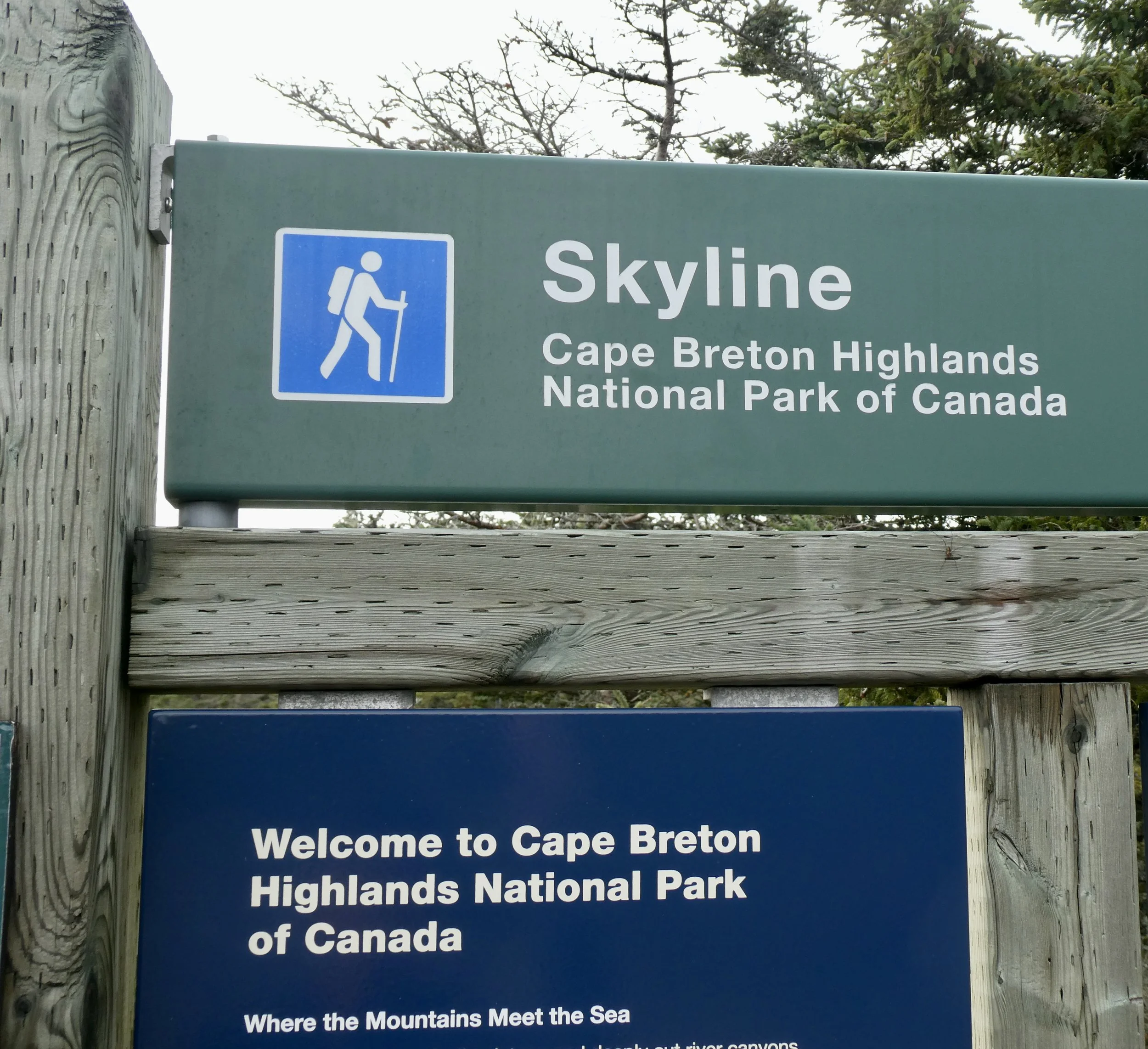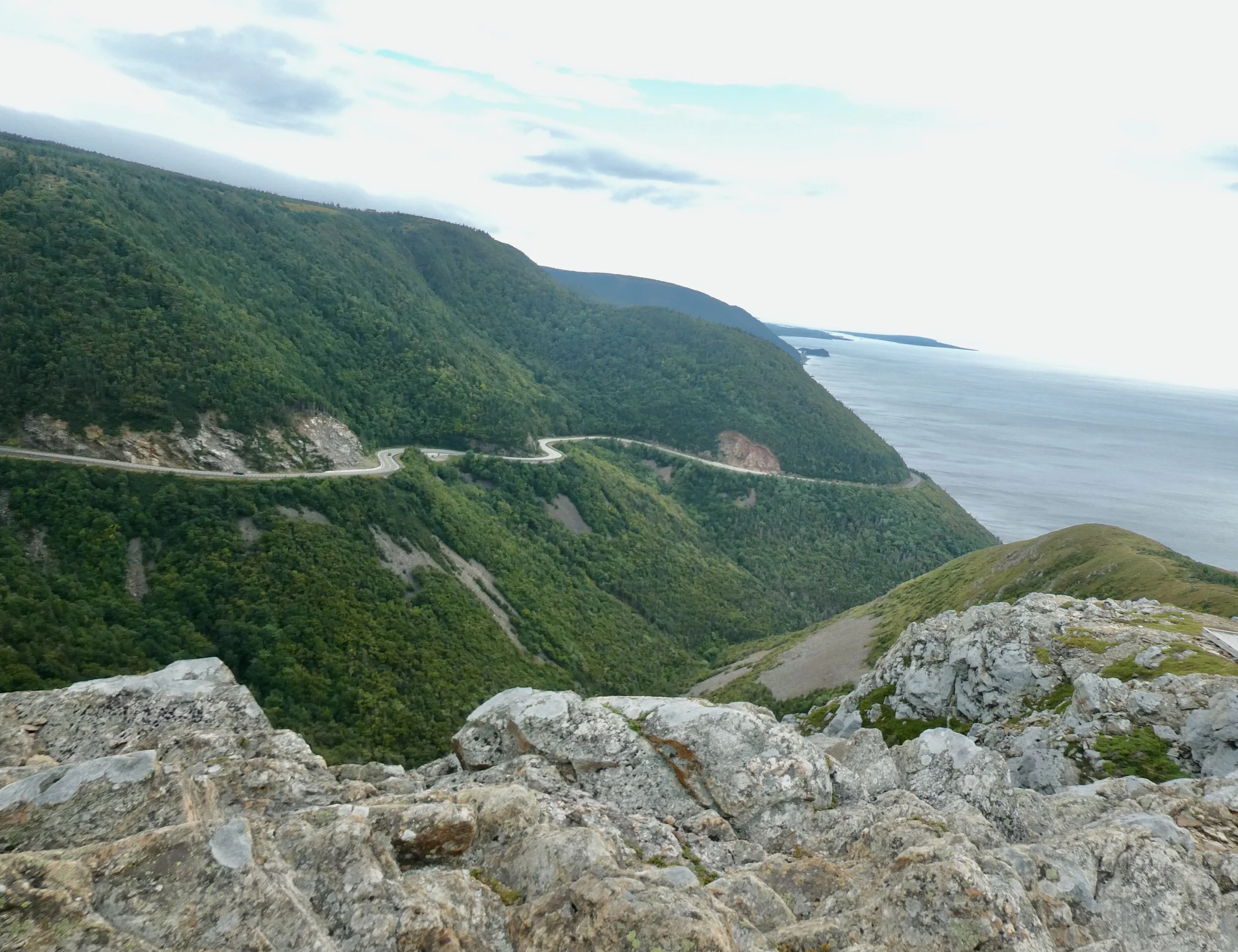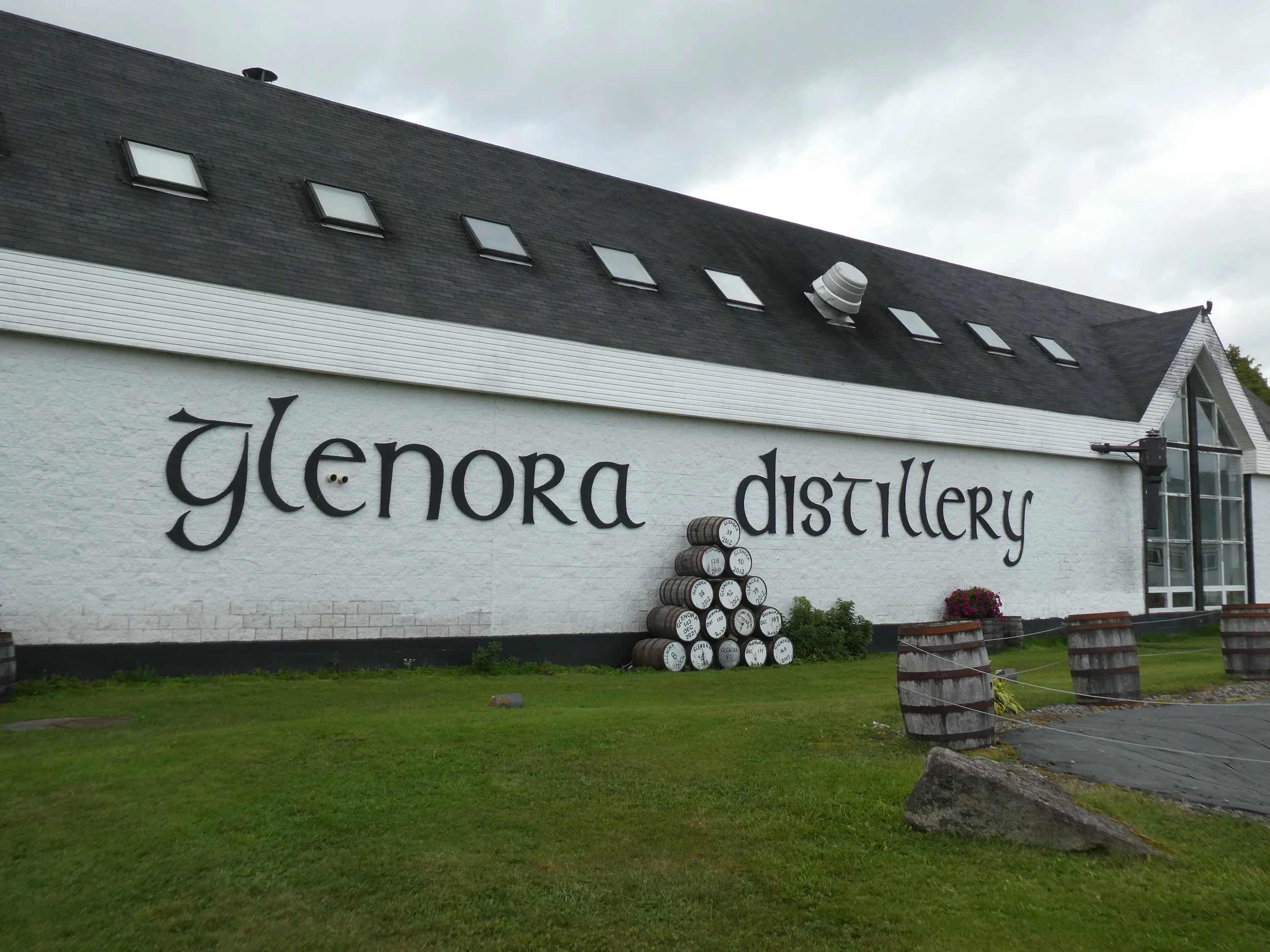The Island of Cape Breton is connected to the Nova Scotia mainland by the Canso Causeway Swing Bridge. As you travel north the landscape shows a beautiful landscape of hills and coastal inlets.
History
For centuries before the arrival of Europeans, the island was inhabited by people of the Mi’kmaq First Nation. European fisherman came to fish the waters around Nova Scotia in the early 15th century. This was a mix of French, English and Scottish immigrants. The French were the first to permanently settle in the area and befriended the native Mi’kmaq. Because the region was know as Acadie, the French settlers came to be called Acadians. Despite continued warfare between England and France, the Acadian settlement grew steadily. Fearful of the French populations lack of loyalty to England, the English demanded the Acadians pledge an oath of allegiance to Britain, they refused. The result was tragic, in 1755 the British began to deport 10,000 Acadians from their adopted homeland on Cape Breton. Many were sent to the 13 American colonies and some to the Caribbean. Unfortunately many died of diseases or starved. This event was called:
The Great Upheavel
Lousianna - The Cajuns
Probably the most memorable result of this upheaval was the resettlement of about 3,000 Acadians to settle in New France which was then a colony of Spain. The Acadians managed to retain their French culture. Their descendents, were called Cajuns, and continued to keep their language and lifestyle and became a major cultural and culinary influence in what would eventually become Louisiana. Now you know how cajun cooking came about. Eventually some of the Acadians did return to Cape Breton. You will find many of them living in and near the town of Chiticamp on the north west corner of Cape Breton. Make sure to pay a visit to the Les Trois Pignons - Museum. Very good presentation of the Acadians history.
Deportation Sculpture in Grand Pre, Nova Scotia marks the center of Acadian settlements and the forced deportation of thousands of Acadians.
Cabot Trail
is considered one of Canada’s most scenic drives. The 300km trail makes a loop around Cape Breton Island, cutting across the top of the island and closely following the western and eastern coastlines. Stunning vistas, quaint fishing villages, amazing hiking trails - make this trail an excellent reason to visit the province of Nova Scotia.
Part of what makes the Cabot Trail so special is the side roads to quaint fishing villages. These are working villages and often you will find something that you won’t ever forget - like The Chowder House in Neil’s Harbour. That seafood chowder was the best I’ve ever enjoyed!
Consider a worthy stop and even an overnight at the Glenora Wiskey Distillery. Located on the west side of the trail, hourly tours and tastings make for an informative and fun stop.


















